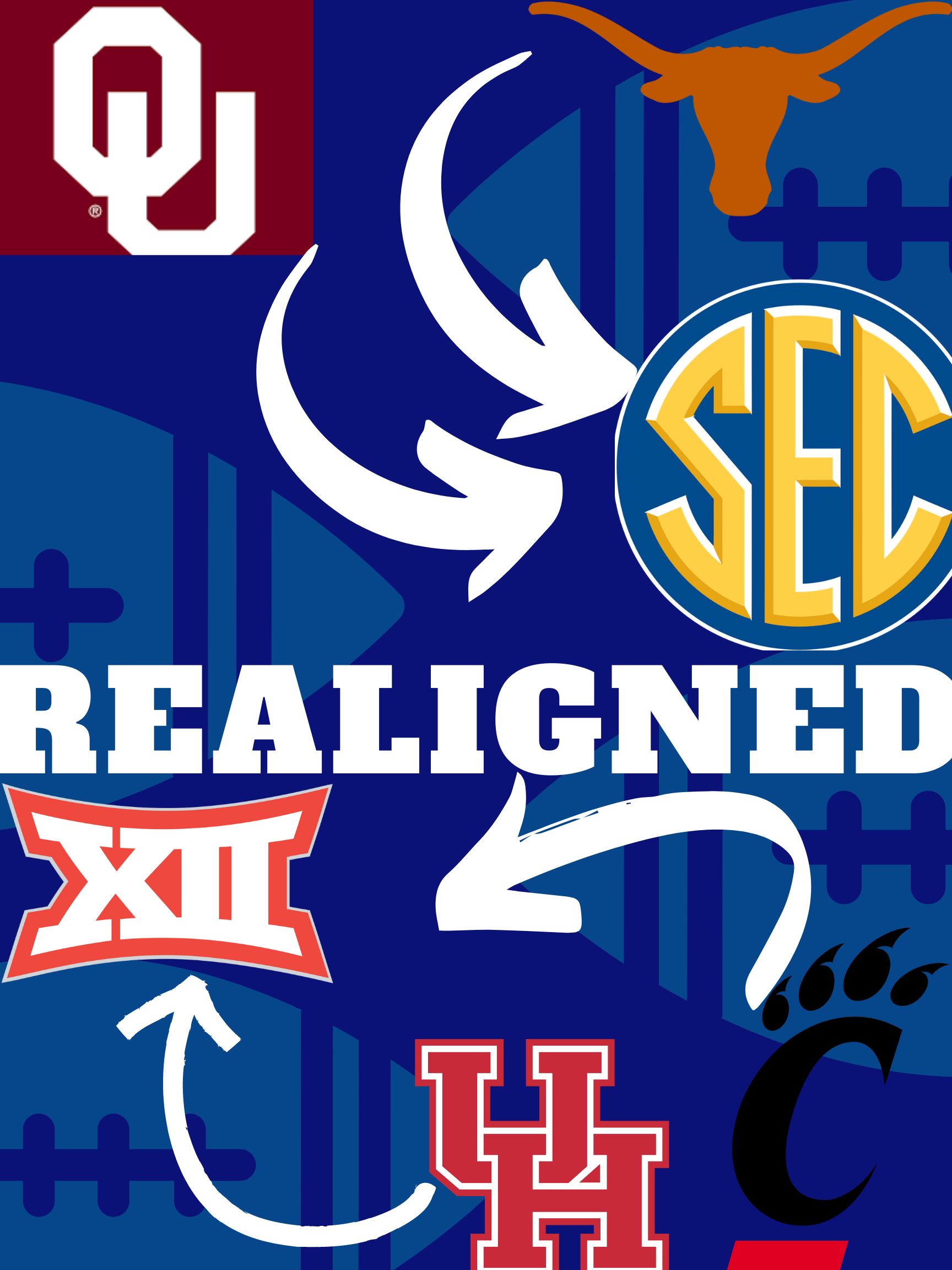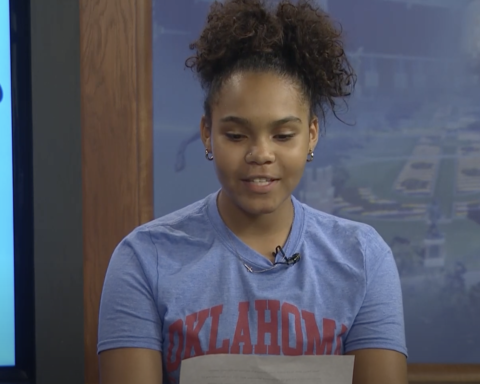By Dalton Davis, School of Business and Management in Dallas
The NCAA is an ever-changing world. The pace of that change is rapidly accelerating as many college athletic departments are now battling to secure the most lucrative homes they can in the college sports landscape.
In the past year, Oklahoma and Texas accepted invitations to join the Southeastern Conference, and this summer USC and UCLA bolted for the Big Ten Conference.
In the wake of those moves, others are evaluating the pros and cons of staying with their current conferences or jumping to new ones to achieve the same goals.
“So much is changing drastically and fast,” said former OU coach Barry Switzer, who coached the Sooners back in the days of the Big 8 Conference.
This isn’t the first time Division I — and predominantly the Power 5 — conferences have undergone massive realignment.
“Conferences originally existed when they started a long time ago,” said Cody Havard, a professor at the University of Memphis who specializes in sports rivalries. “They existed for travel purposes to cut down on travel and to make it easier for teams and schools and make it cheaper or more efficient for schools to be able to travel and play everybody… ”
Organizations then proceeded to look for bigger and better conferences, leading them to travel all across the nation facing different competitors.
“Especially in a sport like football,” Havard continued. “People realized sports did not exist for the same reason it originally did. That then created the idea of conference realignment. I think it kind of opened up the gate to this idea of, well, maybe we could invite people from outside of this region to actually play us on an annual or regular basis.”
Before the latest flurry, the most recent major realignment occurred between 2010 and 2014. It started when the Big Ten sought to expand, causing a chain reaction for all other conferences. The first team that made the move was Nebraska, which left the Big 12. After the Cornhuskers were unanimously approved, Maryland, Rutgers followed them to the Big Ten, and then Utah and Colorado hopped to the Pac-12. In 2012, the Big 12 added West Virginia and Texas Christian to offset the defections of the Huskers and Buffaloes.
This all set the tone for the present day where schools are now going into the second round of realignment.
Many factors play a role in why teams move, but the overriding one is money.
“So first of all, 100% revenue, right. 100% revenue,” said Victor Matheson, who is a professor at Holy Cross who has experience in the field of sports economics.
But the pursuit of revenue can derail storied rivalries.
“Texas and Arkansas, their rivalry from the Southwest Conference, it was put on hiatus when Arkansas left for the SEC back in the late 80s or early 90s, Havard said of old foes who’ll be reunited in the SEC no later than 2025. “Also the reality of where we are right now just with how much money is being made, how much money is being distributed, and the importance of television rights and streaming rights.”
Another significant factor is market size. Networks like ESPN and Fox, as well as streaming services like Apple, are playing a big role in who goes where because of the money they can offer. It all means college sports are growing more into entertainment.
While realignment may be good for the colleges, it could sometimes be bad for the athletes, affecting students’ class schedules due to extended travel time.
“It certainly makes being in these programs far more disruptive for the athletes themselves,” Matheson said. “You know, that’s a big deal when you’re a women’s volleyball player, because you’re not going pro and women’s volleyball. So you’re really trying, you know, the big thing you get out of a college scholarship is a college degree. And if you are leaving every Wednesday to go on, you know, 3,000-mile road trips from UCLA to Rutgers, or from you know, from Columbus to USC. That’s wildly disruptive to students’ schedules. And so that’s, that’s an issue. Again, it’s wildly disruptive for the football players already as well,” Matheson said.
Most colleges are moving for their football programs because football is the No. 1-watched college sport, according to Switzer. Changing conferences can take a broader toll whether on marquee sports or smaller ones dragged along for the ride.
Where does it all end?
“I think if you have mega conferences,” Havard said. “Then some of the smaller conferences have to cease to exist. That’s just the way it is. Because they’re not going to have enough teams.
“But you actually could see some other conferences like at the FCS level. Maybe they actually start to build back toward what we used to have nationwide, where they were more regional, because all of this money being sent to Power Five conferences, and essentially, to where it’s where it’s heading is being sent through the Big Ten and the SEC, all of these other conferences are really going to start struggling for resources.”






